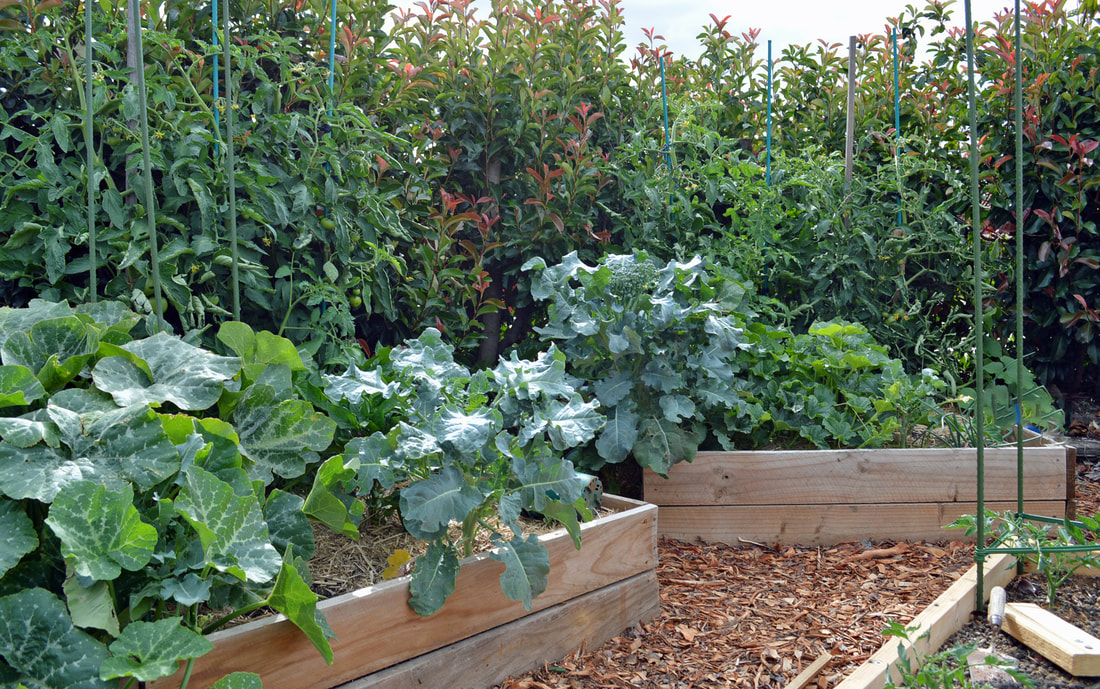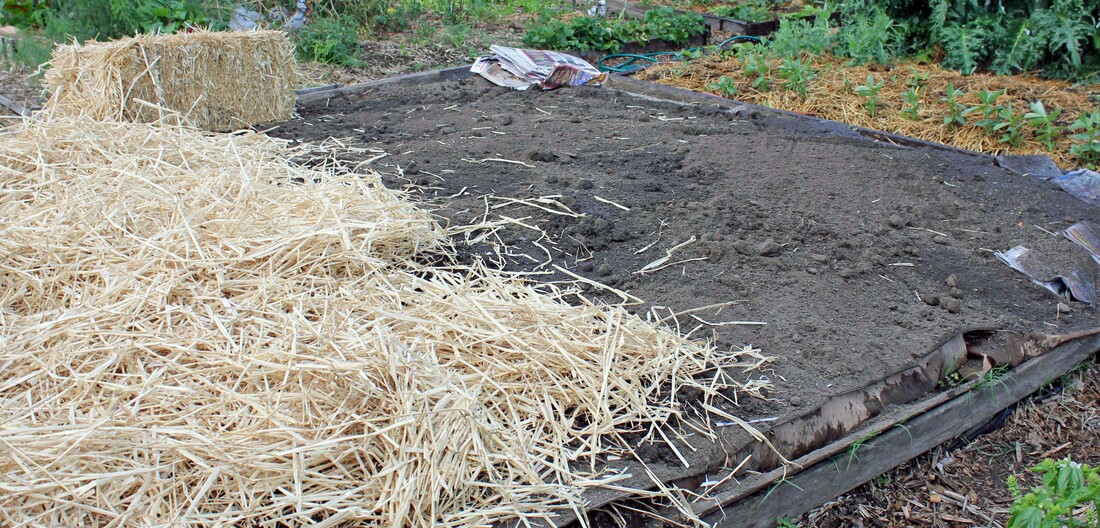|
The No-Dig Garden
The no-dig garden is a cultivation-free approach to gardening which does not disturb the existing soil. No-dig gardening has evolved into many different and exciting forms worldwide. No-dig gardens are raised above ground level and are traditionally soil-free, meaning, they do not contain sand, silt, or clay. Bed edges can be natural, manufactured, or made from recycled materials. No-dig gardens are made up of 5cm and 10cm layers of organic material, such as, lucerne or meadow hay, compost, lawn clippings, straw, and garden prunings. Carbon layers get a sprinkling of blood and bone on top (e.g., leaves or wood chips) and nitrogen layers get a sprinkling of garden lime (e.g., grass clippings or compost). It is recommended to put a generous layer of cardboard or newspapers at the base of your no-dig bed to suppress weeds. A bed depth of 30cm is suitable for growing many plants, such as herbs and veggies (root crops need deeper profile). Benefits of No-Dig Gardens:
No-Dig Gardening Tips:
Handy Resources: No-dig gardening: how to create an instant, low-maintenance garden. Allen Gilbert (2003). ISBN: 0733309410. https://deepgreenpermaculture.com/diy-instructions/no-dig-gardening/ https://www.abc.net.au/gardening/factsheets/no-dig-garden/9429424 No Dig Garden: No-Dig Garden - Fact Sheets - Gardening Australia - GARDENING AUSTRALIA (abc.net.au) |


